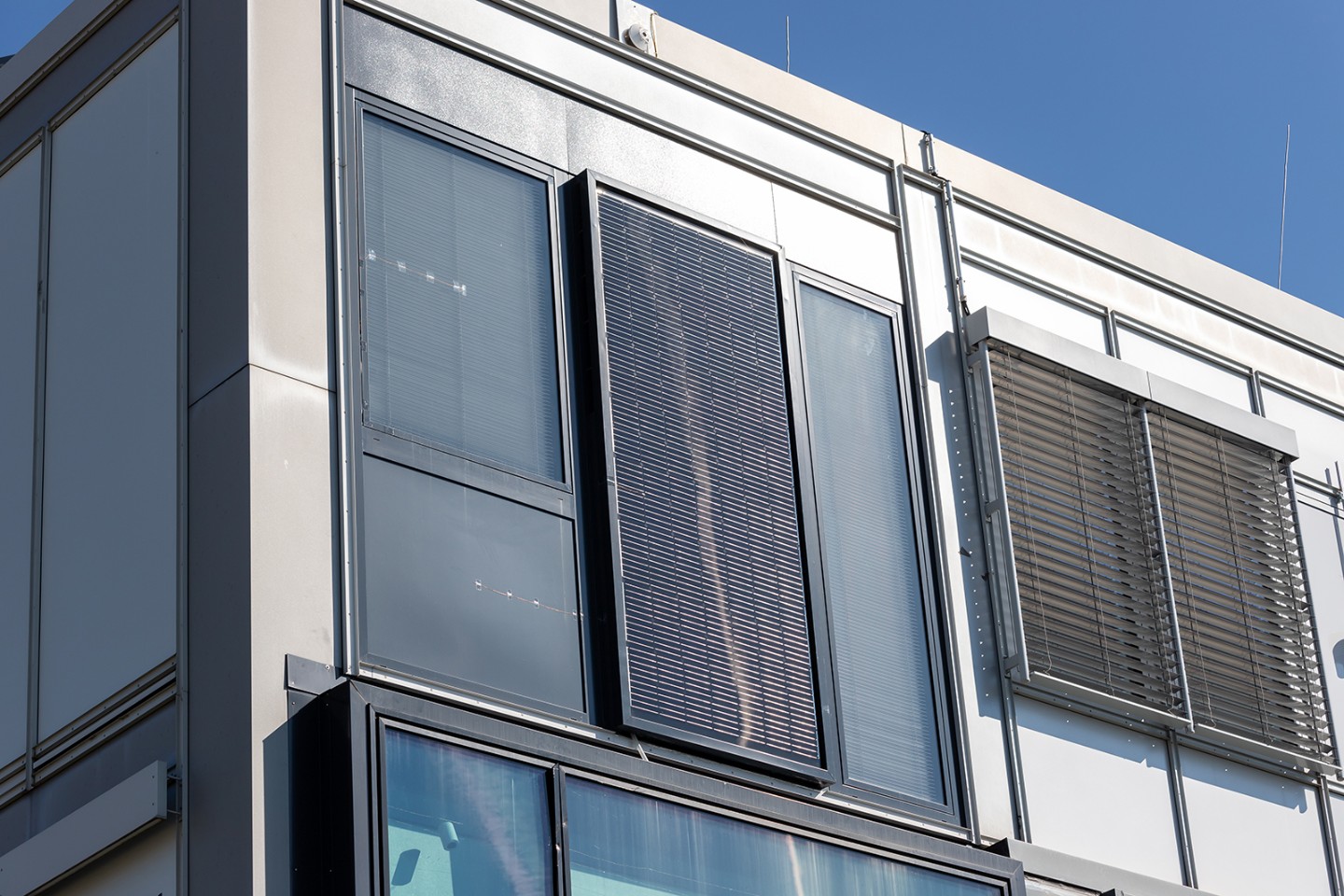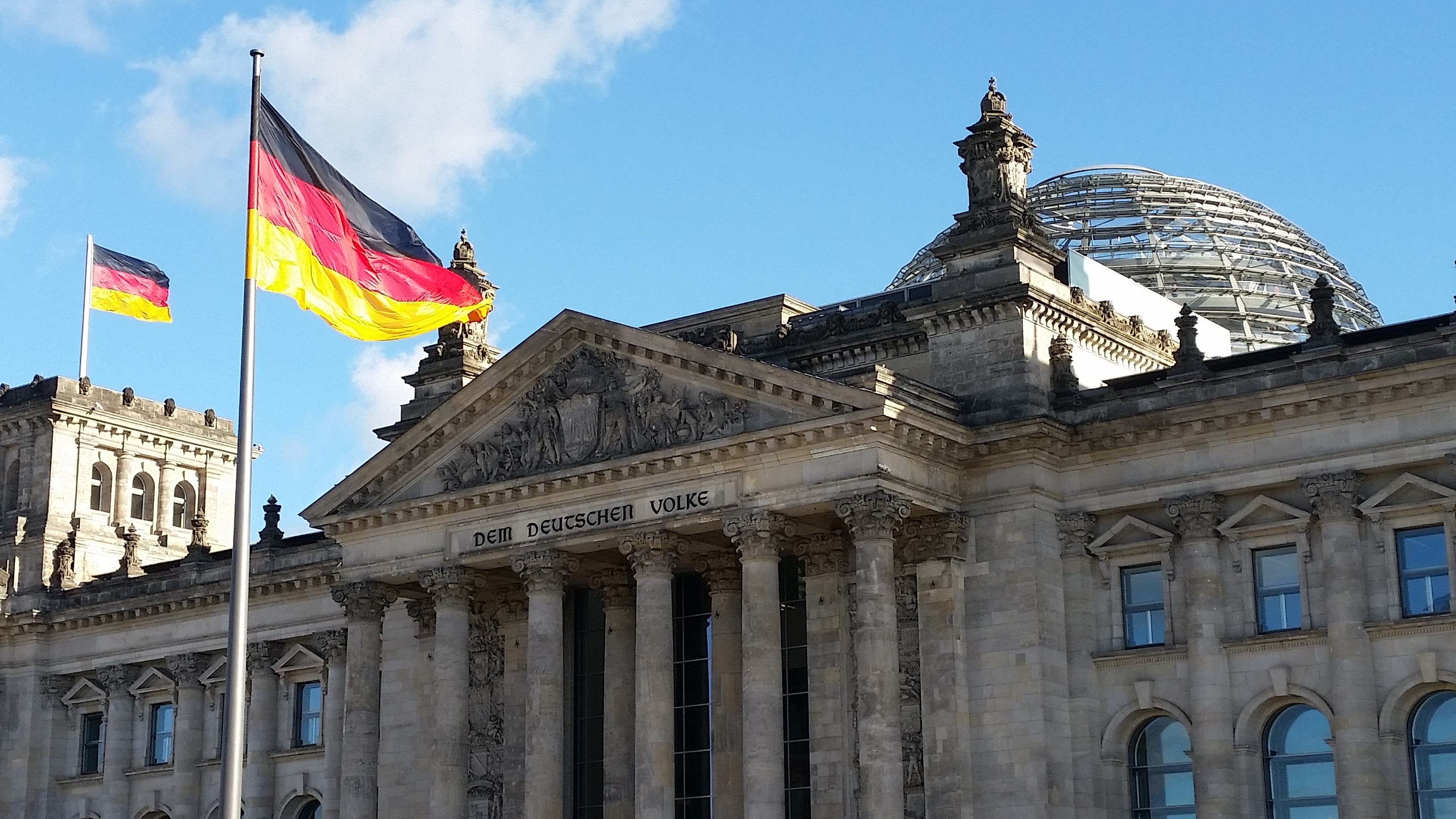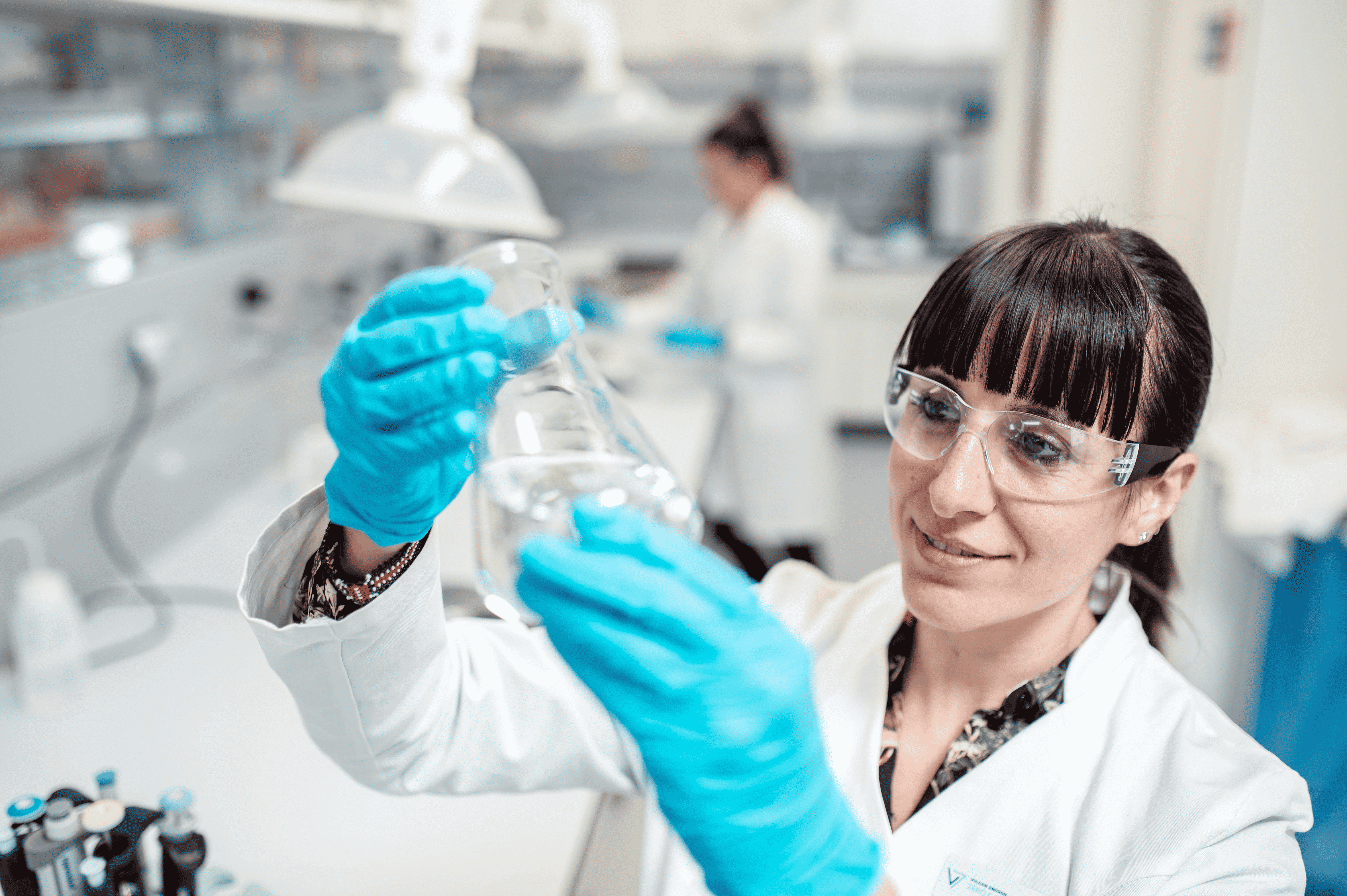
In Germany, buildings make a significant contribution to overall energy consumption and greenhouse gas emissions. Energy-optimized buildings with intelligent controls and networking coupled with a cost-efficient and climate-friendly energy supply are therefore a central component for ensuring a successful energy and heating transition. Photovoltaics (PV) will play a key role in creating a future powered by sustainable energy – both in the renovation of existing building facades and in reducing the energy requirements and consumption of new builds.
Research teams at Fraunhofer IBP and Fraunhofer IEE are currently developing an RE (renewable energy) modular facade to supply buildings with environmentally friendly power, which is then used to heat, cool and ventilate the rooms within. At the heart of the module lies a PV system combined with a heat pump that acts as a highly efficient heat and cold generator, as well as a decentralized ventilation unit with heat recovery. All required technical components are housed in the RE modular facade, thus achieving a high degree of prefabrication. The German Federal Ministry for Economic Affairs and Energy (BMWi) is funding the joint research project. The project partners are Implenia Fassadentechnik GmbH, which is providing design engineering services for the RE modular facade, Lare GmbH Luft- und Kältetechnik, which is developing the heat pump, and LTG AG, which is providing services in the area of decentralized ventilation writes the Fraunhofer Insitute in a press release.
Minimally invasive facade renovation
The research project aims to develop a cost-effective modular facade for use in renovation projects and new builds that – following the principle used in many medical operations – will enable a minimally invasive approach. “We are not renovating the entire building, just the facade. In the future, the old facade will be replaced using new, industrially prefabricated modules with integrated systems technology, providing a multifunctional solution that meets the latest energy standards,” explains Jan Kaiser, project manager and scientist at Fraunhofer IEE. “All the heating, cooling and ventilation equipment required for the adjoining offices is integrated within the facade.”
Easy changeover
Since the modules can be prefabricated, they can be produced ready for use. This provides planners and investors with a high level of cost security and a clearly defined cost framework. The changeover can be carried out in just a few hours. Since the heating and ventilation technology is already integrated, there is no need to lay any new pipes within the building. The facade simply needs a power connection to continue air-conditioning and ventilating the rooms during periods without PV electricity. This reduces the amount of work required for installation and adjustment on site. In the ideal case, there is no need for users in the adjoining rooms to move out during the renovation work.
The RE modular facade is best suited for use in offices, administrative buildings and schools built using the frame construction method that was commonplace in the 1950s, 60s and 70s. Instead of using load-bearing walls, reinforced concrete columns support the floor slabs. During renovation work, the old facade elements are removed and the new floor-to-ceiling modules are fitted to the front of the building structure. A single technical unit of the RE modular facade is 1.25 m wide and 30 cm deep. Each unit can supply a room with an area of approx. 24 m².
Modular facade as an energy envelope
The integrated PV system creates the required energy and supplies the heat pump and other components with power. This heat pump acts both as a heat and cold generator. It is the decisive component in the technical unit within the RE modular facade and features intelligent regulation of the energy flows. From each unit of electricity, it can produce three to four units of heat. Using a fan coil located in an air gap behind the PV element, the pump extracts heat from the outside air and releases it, also via a fan coil, into the adjoining (office) space to provide heating. If cooling is required instead of heating, the heat pump extracts heat from the interior air and discharges it to the outside.
A decentralized ventilation system
An integrated, decentralized ventilation system regulates the air exchange and heat recovery processes. Selective activation of air flaps means that only one fan is required, which minimizes power consumption. The ventilation unit supplied by LTG switches between air intake and extraction mode to create a “breathing” action. Vacuum insulation elements also protect against heat loss.
“The new RE modular facade provides perfectly coordinated protection against heat and sunlight combined with low power consumption and a high level of user convenience,” emphasizes Michael Eberl, scientist at Fraunhofer IBP who worked with Jan Kaiser on the project. Between 1950 and around 1990, approximately 25 to 30 percent of all office buildings in Germany were constructed using frame construction methods. Together, they consume 3200 gigawatt hours (GWh) of electricity each year. “Using our RE modular facade would reduce this to 600 GWh. The high level of prefabrication would also increase the low renovation rate of just one percent per year,” explains Kaiser.
Tests at the Modular Test Facility for Energy and Indoor Environments (VERU)
The project partners are currently testing the demonstrator version of the RE modular facade on the south face of the VERU building and have set up an adjoining test room. Both the demonstrator and test room are equipped with a wide range of measuring instruments. These also include internal sources of heat and humidity controlled using timers, which are intended to represent real-life “users” and provide verification of functional effectiveness in an actual office environment. The measurement instruments record parameters such as the air temperature, humidity and air speed at different heights, as well as the illumination level – all values that contribute to the level of comfort in a room. The electrical consumption of the individual components of the technical unit within the RE modular facade is also recorded, as are the yields of the PV element, in order to calculate an energy balance. The interaction between all components is already functioning very well, although individual elements are currently still being optimized.
Also interesting: Spain starts producing renewable hydrogen through photoeletrocatalysis
Selected for you!
Innovation Origins is the European platform for innovation news. In addition to the many reports from our own editors in 15 European countries, we select the most important press releases from reliable sources. This way you can stay up to date on what is happening in the world of innovation. Are you or do you know an organization that should not be missing from our list of selected sources? Then report to our editorial team.







